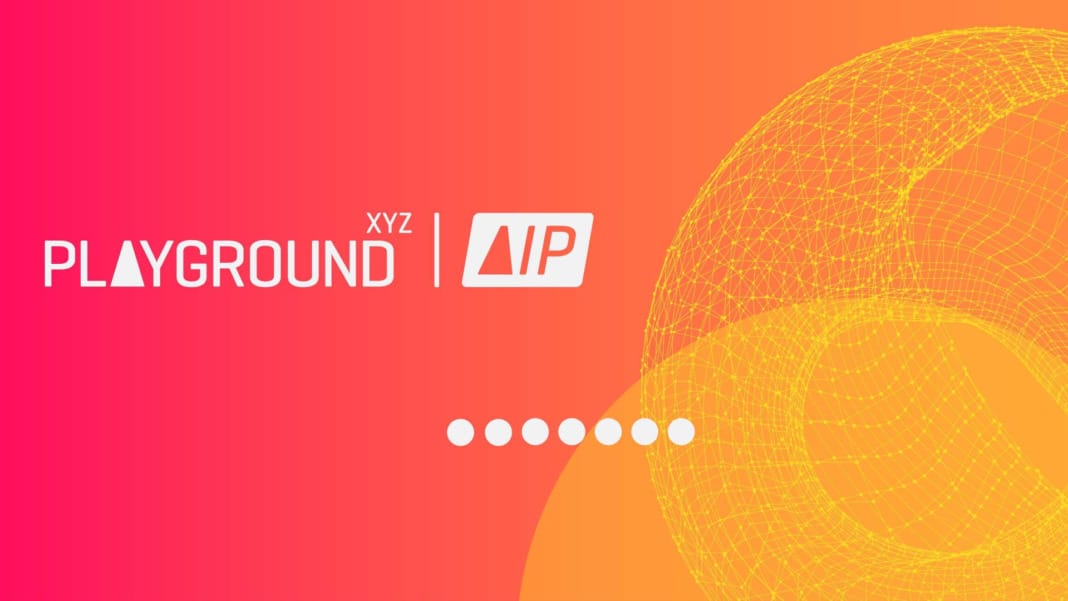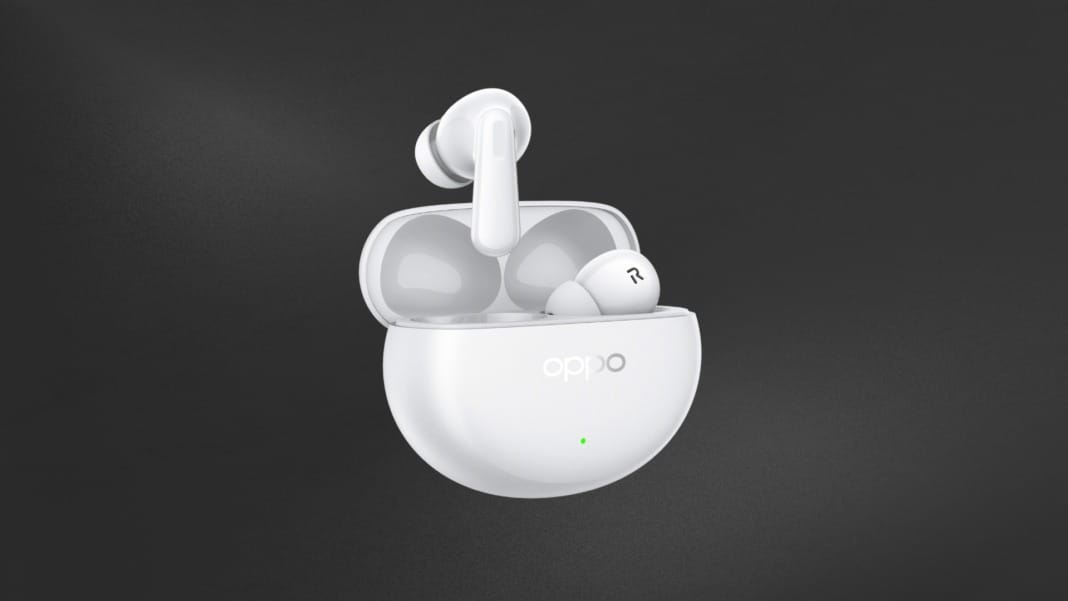Playground xyz, a leading attention measurement and optimisation platform and a division of GumGum, today announced the results of a groundbreaking new study utilising its Optimal Attention framework and its impact on real-world outcomes.
Decoding the dynamics of attention
The research, led by Playground xyz’s Lead Scientist, Dr Shannon Bosshard, and Chief Scientist, Dr John Hawkins analysed behavioural eye-tracking data from approximately 20,000 participants who viewed 55 video ads across Instagram, Facebook, TikTok, and YouTube. This was paired with a neuroscience analysis of 1,800 ads to delve into how consumer attention is influenced on both a conscious and subconscious level.
During the study, participants were shown a newsfeed with ads on a single social media platform, which they used as they normally would over a 3-5 minute period. Afterwards, they completed a survey measuring brand outcomes, including awareness, recall, consideration, and purchase intent. The results were interpreted alongside neuroscientific analysis.
Insights into the effectiveness of Optimal Attention
Key findings from the study revealed:
- Attention rapidly enhances upper and mid-funnel outcomes: Playground’s research indicates that core attention metrics strongly influence consumer awareness, recall, and consideration. Most outcomes see an increase even before 10% of an ad has been watched.
- Variable Optimal Attention thresholds for different brand outcomes: On average, 1.4 seconds of consumer attention is needed to achieve a 10% lift in brand awareness at the top of the engagement funnel. For mid-funnel outcomes, longer attention spans are required—1.6 seconds for consideration and 3.9 seconds for prompted recall. The level of improvement also varies significantly per outcome.
The takeaway here is that attention is crucial in moving consumers towards a purchase, but not all seconds of attention are equal. The Optimal Attention threshold can help pinpoint the exact amount of attention needed, depending on the target outcome and the campaign’s focus on upper, mid, or lower funnel results.
- Creative execution is key to achieving Optimal Attention: The ability of a brand to alter consumer behaviour is directly linked to the strength of its creative messaging. In a vast 94% of ads analysed in the Playground study, the thresholds for Optimal Attention varied based on the creative used—more than the platform where the content was displayed (Instagram, Facebook, TikTok, or YouTube), which had a lesser impact on performance. Ultimately, the specific creative, rather than the ad environment, determines the lift in brand outcomes.
- Neuroscience underscores the impact of creativity: Unlike traditional methods, neuroimaging does not rely on conscious responses—it measures the brain’s activity as consumers view advertising. In Playground’s study, data from over 150 lab sessions indicate that creative content significantly affects memory encoding, influencing key marketing goals like brand loyalty and sales.
- Brand size makes a difference: Larger brands with a baseline awareness above 75% are almost 1.5 times more likely to achieve a lift with an Optimal Attention threshold of below 2 seconds. They are also almost twice as likely to have an Optimal Attention threshold below 1 second, likely due to pre-existing brand recognition and the use of distinctive assets like strong visuals, unique colours, or audio jingles. These require less attention to jog the consumer’s memory, eliciting strong responses.
“Our new dataset is the best evidence we have, to date, that explicitly shows that different brand outcomes and creative executions ‘convert’ attention differently,” explains Rob Hall. “Brands can be empowered to craft more impactful campaigns by understanding how exactly attention affects customers at different stages of the marketing funnel. This, along with greater investment in strong creative development, can powerfully influence specific consumer behaviours, and help amplify measurable results.”





